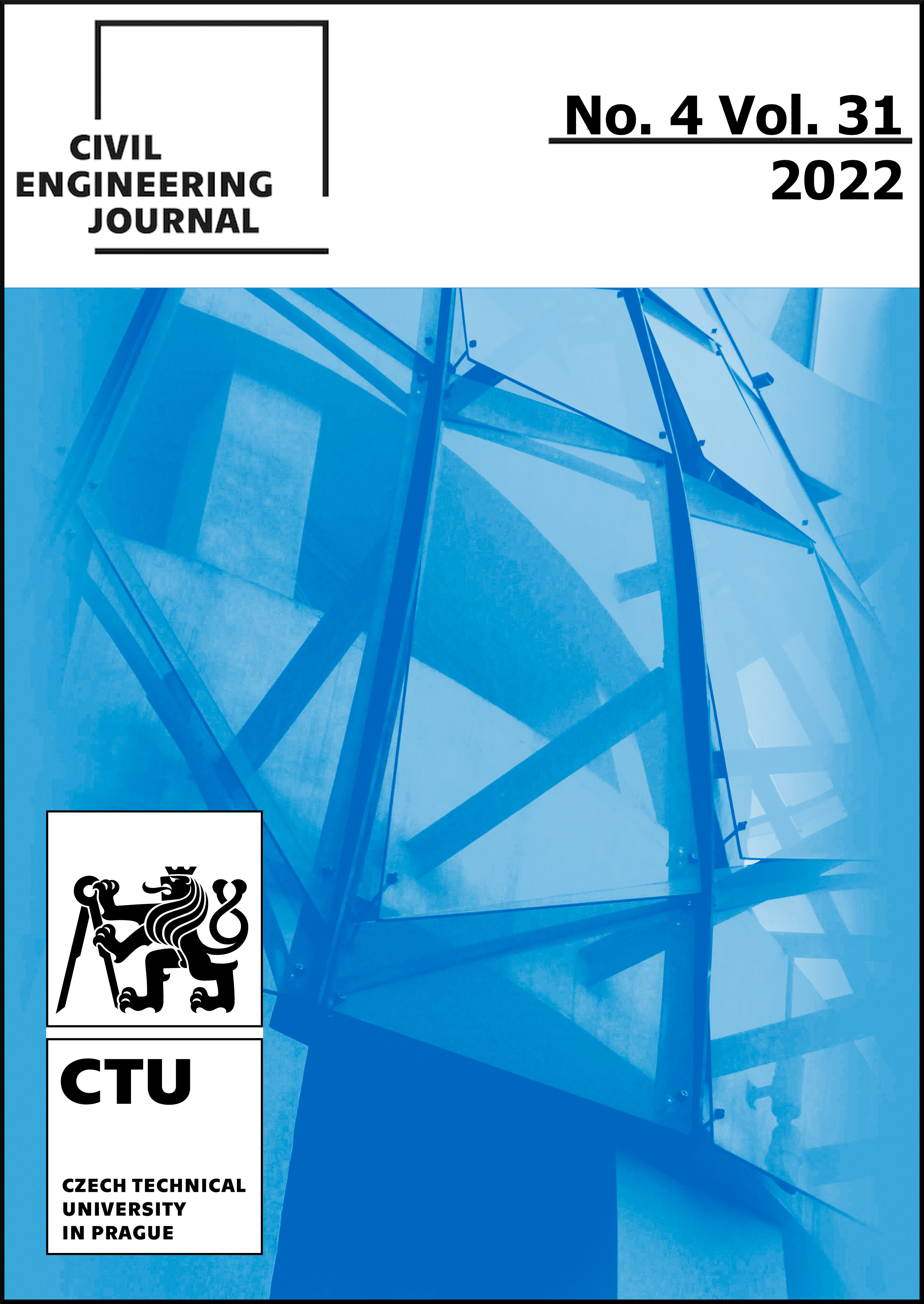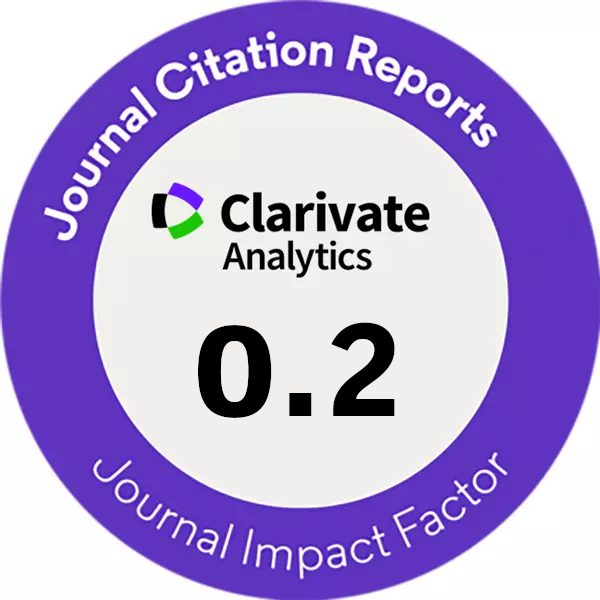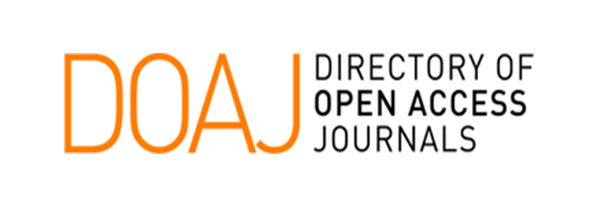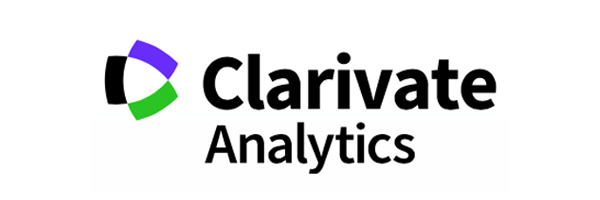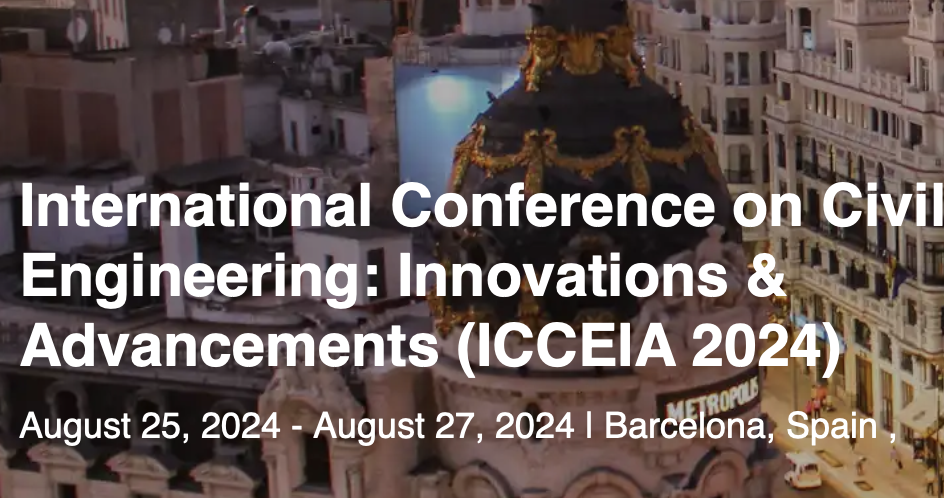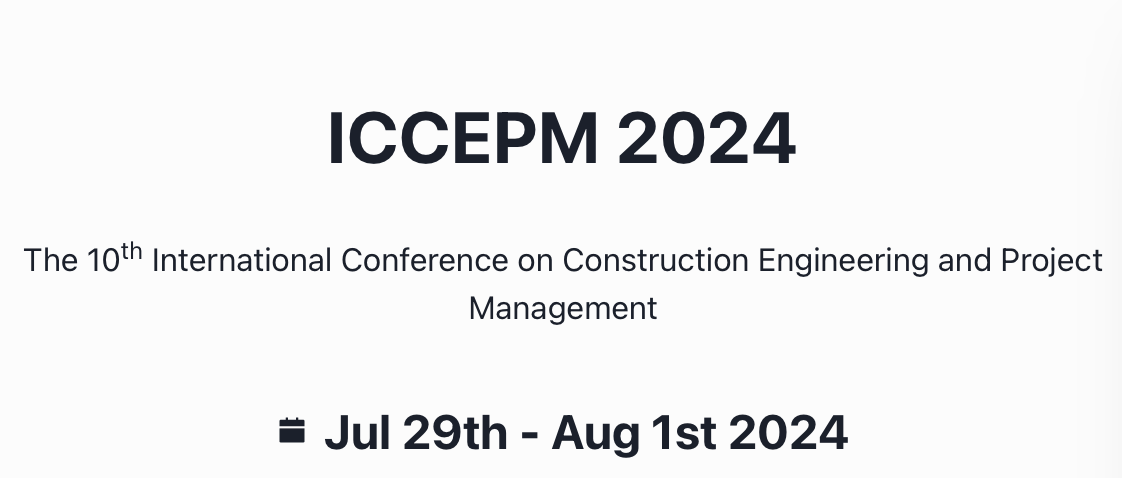DEVELOPING A VIRTUAL OPEN-AIR MUSEUM OF VERNACULAR ARCHITECTURE
DOI:
https://doi.org/10.14311/CEJ.2022.04.0041Keywords:
Web application, Deployment, Docker, Map application, Open-air museum, Open source, QGIS, Gisquick, Vernacular architecture, 3D model, Component-Based Software Engineering, Dynamic architecture, Web-based DBMSAbstract
Vernacular architecture is an integral part of the national cultural heritage. Today, however, many of these buildings exist only on old plans or photographs and the average citizen has no opportunity to get acquainted with this part of the national identity. Therefore, in our work, we present the development of two web applications with the aim of creating a virtual open-air museum for presenting vernacular architecture in the Czech Republic. The applications were created using open-source technologies, and are implemented with methods that allow easy transfer from one operating system to another. The presented content is a carefully selected sub-sample of more than 10,000 available records representing all regional types of vernacular architecture. The result is one application designed for editors to manage the presented content and one application allowing interactive viewing of the available geo-located records designed for the general public. Individual records can be searched either directly using the map window or by querying the attribute table. These records contain descriptive information about the object, as well as historical photographs and plans and, for some objects, additional information in the form of 3D models, PDF documents and other files. The applications are designed in such a way that their content can be freely expanded in the future and thus contribute to the popularization of vernacular architecture among the general public, which was the main reason for their creation.
Downloads
References
VISKALIA project. Available online in Czech: http://viskalia.fsv.cvut.cz/projekt/index.html (accessed on 20 October 2022)
Poloprutský Z., Frommeltová E., Münzberger J., & Sedlická K., 2022. 3D Digital Reconstruction of Defunct Rural Buildings Based on Archival Sources. The Civil Engineering Journal 31(1), 196–210, Prague. DOI: https://doi.org/10.14311/CEJ.2022.01.0015
Ammendola J., Dipasquale L., Ferrari E. P., Mecca S., Montoni L., & Zambelli M, 2022. A collaborative Web App to foster a knowledge network on vernacular herit-age, craftspeople, and sustainability. DOI: https://doi.org/10.4995/HERITAGE2022.2022.14951
Dhonju H. K., Xiao W., Mills J. P. & Sarhosis V., 2018. Share Our Cultural Heritage (SOCH): Worldwide 3D Heritage Reconstruction and Visualization via Web and Mobile GIS. ISPRS Int. J. Geo-Inf., 7, 360. DOI https://doi.org/10.3390/ijgi7090360
Mantegari G., Palmonari M. & Vizzari G, 2010. Rapid prototyping a semantic web application for cultural heritage: the case of MANTIC. In Extended Semantic Web Conference (pp. 406-410). Springer, Berlin, Heidelberg. DOI: https://doi.org/10.1007/978-3-642-13489-0_33
Chalkidou, S., Arvanitis, A., Patias, P. & Georgiadis, C., 2021. Spatially Enabled Web Application for Urban Cultural Heritage Monitoring and Metrics Reporting for the SDGs. Sustainability, 13(21), 12289. DOI: https://doi.org/10.3390/su132112289
Guarnieri A., Pirotti F. & Vettore A., 2010. Cultural heritage interactive 3D models on the web: An approach using open source and free software. Journal of Cultural Heritage, 11(3), 350-353. DOI: https://doi.org/10.1016/j.culher.2009.11.011
Nishanbaev I. (2020). A web repository for geo-located 3D digital cultural heritage models. Digital Applications in Archaeology and Cultural Heritage, 16, e00139. DOI: https://doi.org/10.1016/j.daach.2020.e00139
Rattanarungrot S., White M., Patoli Z. & Pascu T., 2014. The application of augmented reality for reanimating cultural heritage. In international conference on virtual, augmented and mixed reality (pp. 85-95). Springer, Cham. DOI: https://doi.org/10.1007/978-3-319-07464-1_8
Selmanović E., Rizvic S., Harvey C., Boskovic D., Hulusic V., Chahin M. & Sljivo, S, 2020. Improving accessibility to intangible cultural heritage preservation using virtual reality. Journal on Computing and Cultural Heritage (JOCCH), 13(2), 1-19. DOI: https://doi.org/10.1145/3377143
Jílková P., Cajthaml J., 2019. Database of Historical Atlases: An Interactive Web Application. In: Proceedings of the International Cartographic Association. Tokyo: International Cartographic Association, 2019, vol. 2. ISSN 2570-2092. DOI: https://doi.org/10.5194/ica-proc-2-52-2019
Proměna venkovské architektury [online]. Available online in Czech: http://venkov.fsv.cvut.cz/projekt/index.html (accessed on 20 October 2022)
Soukup P., Sýkora K., 2020. Development of Rural Architecture – Design and Creation of a Web Database. The Civil Engineering Journal, 29(4), 490–499, Prague. DOI: https://doi.org/10.14311/CEJ.2020.04.0042
Landa M., Kavka P., Strouhal L., & Cepicky J. (2017). Building a Complete Free and Open Source GIS Infrastructure for Hydrological Computing and Data Publication Using GIS.lab and Gisquick Platforms. International Archives of the Photogrammetry, Remote Sensing & Spatial Information Sciences, 42. DOI: https://doi.org/10.5194/isprs-archives-XLII-4-W2-101-2017
Vale T., Crnkovic I., De Almeida E. S., Neto P. A. D. M. S., Cavalcanti Y. C., de Lemos Meira S. R., 2016. Twenty-eight years of component-based software engineering. Journal of Systems and Software, 111, 128-148
JavaScript 3D Library. Available online: https://threejs.org/ (accessed on 20 October 2022)
Martin A., Raponi S., Combe T., Di Pietro R., 2018. Docker ecosystem – Vulnerability Analysis, Computer Communications, Volume 122, Pages 30-43, ISSN 0140-3664, https://doi.org/10.1016/j.comcom.2018.03.011
OGC GeoPackage. Available online: https://www.geopackage.org/ (accessed on 20 October 2022)
Django project. Available online: https://www.djangoproject.com/ (accessed on 20 October 2022)
QGIS project. Available online: https://www.qgis.org/ (accessed on 20 October 2022).
Gisquick publication platform. Available online: https://www.gisquick.org/ (accessed on 20 October 2022)
Vue.JS project. Available online: https://vuejs.org/ (accessed on 20 October 2022)
Downloads
Published
Issue
Section
License
Copyright (c) 2022 Stavební obzor - Civil Engineering Journal

This work is licensed under a Creative Commons Attribution-NonCommercial 4.0 International License.
Authors who publish with this journal agree to the following terms:
- Authors retain copyright and grant the journal right of first publication with the work simultaneously licensed under a Creative Commons Attribution License that allows others to share the work with an acknowledgement of the work's authorship and initial publication in this journal.
- Authors are able to enter into separate, additional contractual arrangements for the non-exclusive distribution of the journal's published version of the work (e.g., post it to an institutional repository or publish it in a book), with an acknowledgement of its initial publication in this journal.
- Authors are permitted and encouraged to post their work online (e.g., in institutional repositories or on their website) prior to and during the submission process, as it can lead to productive exchanges, as well as earlier and greater citation of published work (See The Effect of Open Access).
How to Cite
Accepted 2022-12-09
Published 2022-12-31

